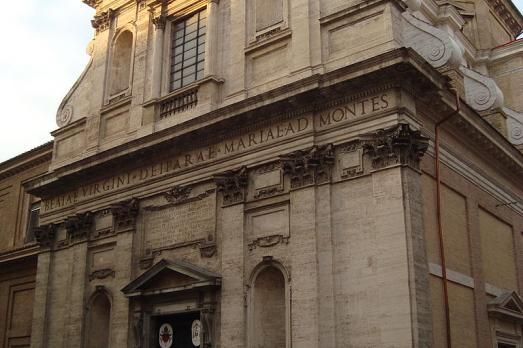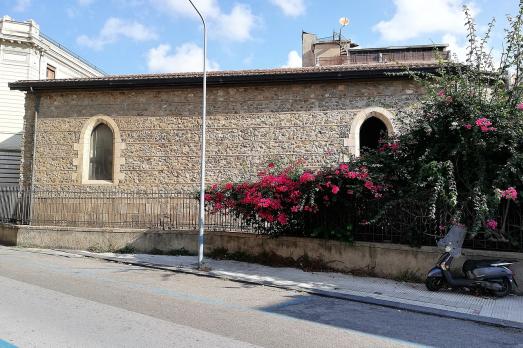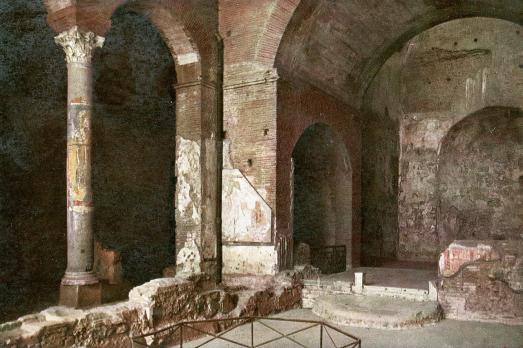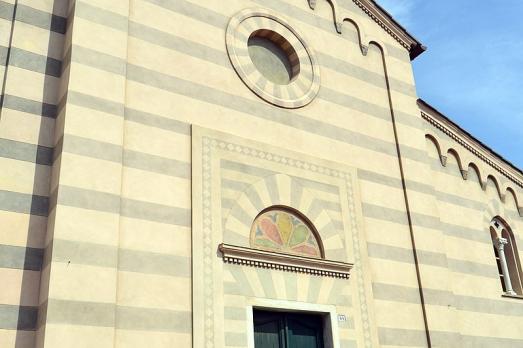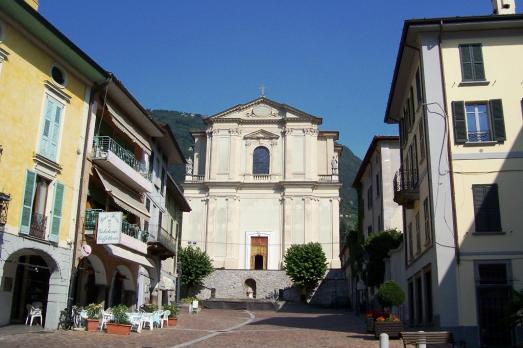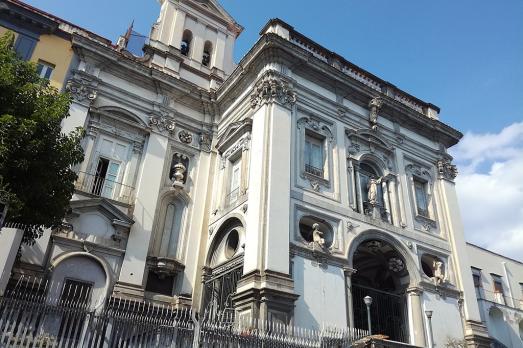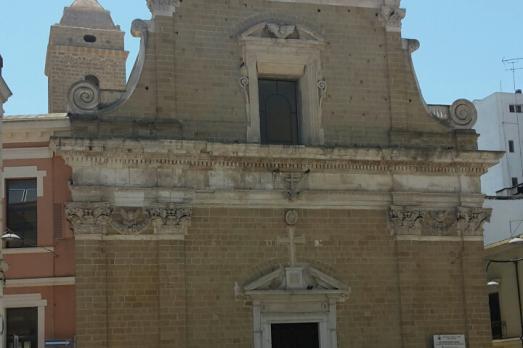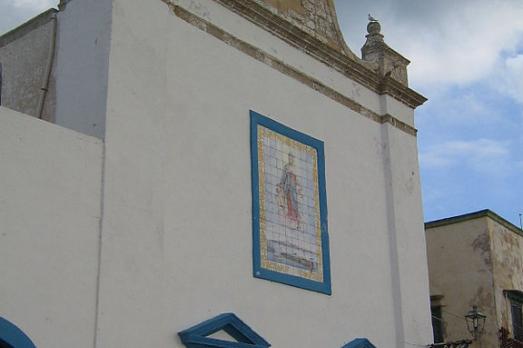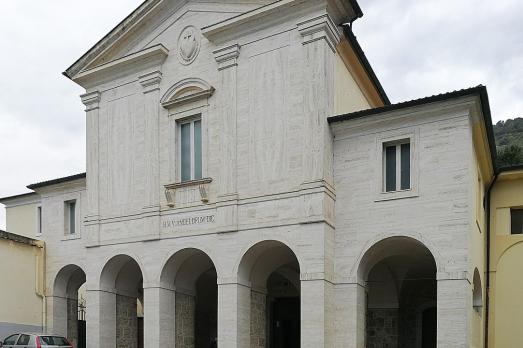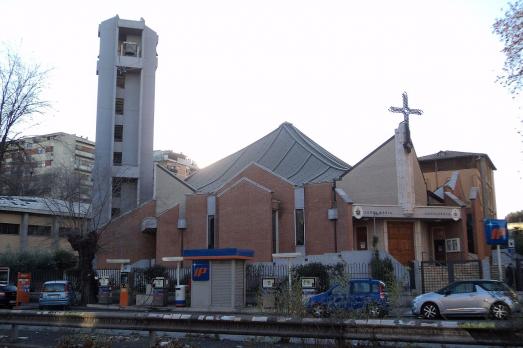
Chiesa di Santa Maria Addolorata
Roma, IT
The church of Santa Maria Addolorata was built between 1998 and 2001 to a design by the architect Tommaso Sbardella and was consecrated on 17 March 2001 by Cardinal Camillo Ruini. The building has a composite structure, made of tuff blocks that match the travertine, with a wooden and copper roof; the façade is preceded by a flight of steps that leads to the three entrance portals, above which is a cross.
